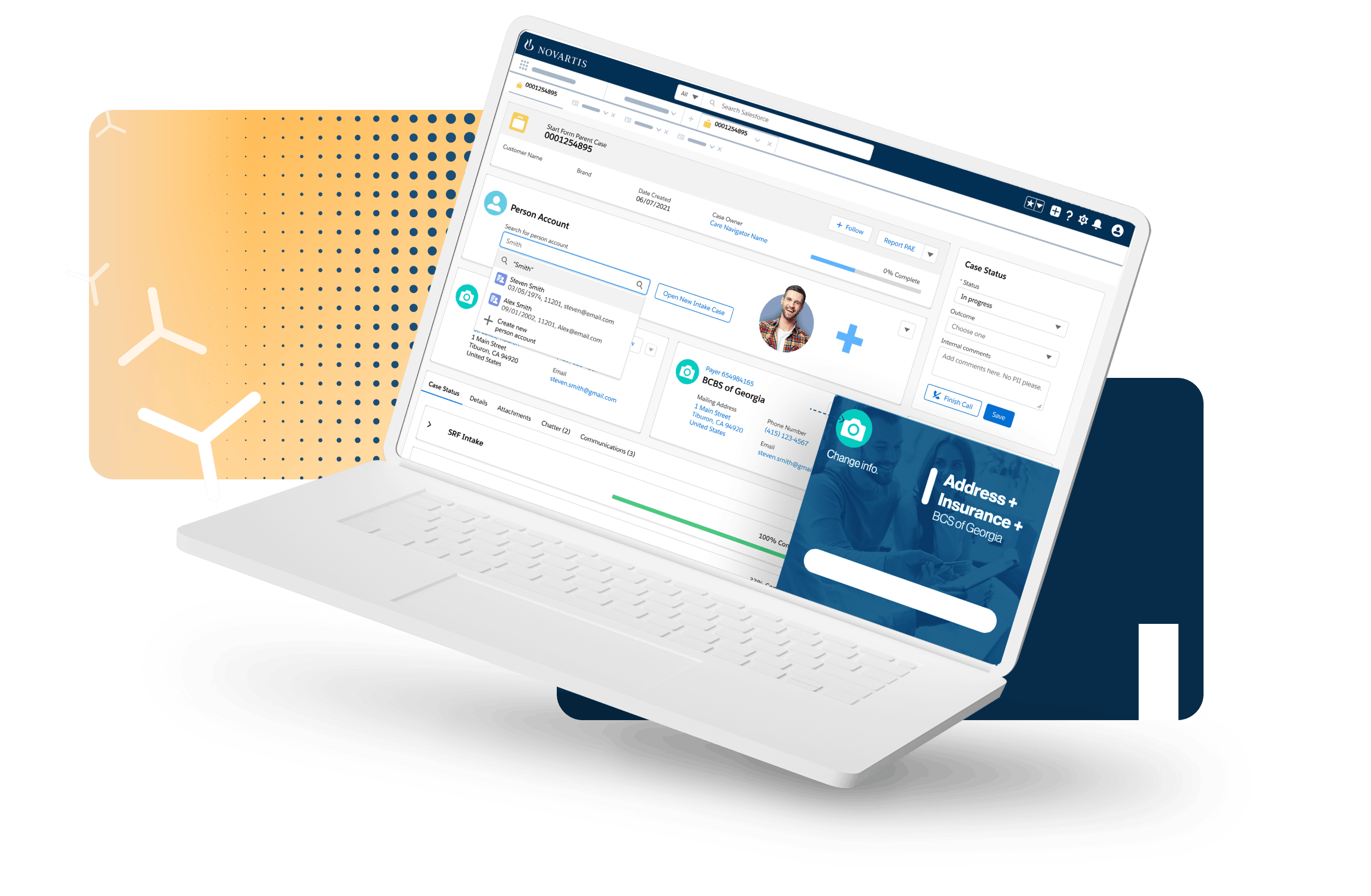Dear Pharma, it’s time to modernize the PSP

Friction abounds in our healthcare system. How can updated data-driven and human-centered Patient Support Programs help while providing strategic value to the enterprise?
When I began treatment for advanced metastatic testicular cancer in the summer of 2013 at Memorial Sloan Kettering, I had to be admitted to the hospital to begin chemo through the urgent care unit. Not because I needed care urgently, but because of some sort of administrative snafu around reimbursement. Urgent care at a cancer center is a rough place - and perhaps not the best initiation for someone like me: I was terrified and disoriented in the face of a recent diagnosis and the brutal treatment path that lay ahead. Luckily, a close friend who had been through cancer showed up, and her familiarity with the care setting, her grounded presence,, and inspiring survivorship helped soothe my panic and anxiety.
This is just one of myriad examples of how unnecessary friction (and cost) is rampant in our healthcare system, while it also provides advanced life-saving care. A 2023 survey by EY found that only 37% of patients are satisfied with their healthcare. These friction points often have to do with access to care, financial barriers, patient education, and reimbursement complexity. The service known as Patient Support Programs (PSP) that many pharmaceutical companies offer is intended to reduce friction and help patients manage their conditions. But it’s due for an overhaul. It’s time for the modernized, digitally-driven, responsive PSP. It’s time for PSP: The Next Generation.
The good news is that change is underway. For example, we’ve been working since 2021 with Novartis on their PSS Leap and OnePSP initiative to bring more of these programs in-house with a cloud-based, data-driven, modern enterprise-level infrastructure and human-centered experience system. So far, they have transitioned five leading brands, with seven more slated for 2024 including activations in Canada and Brazil.

There are several factors driving these investments in up-leveled PSPs:
- Effectiveness of digital channels to increase access and adherence
- Digital disintermediation and manufacturers at-large developing direct relationships with customers
- Increased complexity and cost of targeted and personalized medicines require more service and customer coordination
- Disruption of traditional care models (Amazon Clinic, CVS Aetna, etc.) and life sciences companies getting into care to leverage expertise, diversify, and reinforce value (ex: Lilly Direct)
- The rise of consumerism and the expectations set by companies like Netflix, Uber, and Google
- Growth of the digital therapeutic market ($6B in 2023, $22B in 2028), and opportunities for pharma companies to participate and get real-time signal back from the therapeutic to provide responsive patient support
- Growing strategic value of first-party data that can be used for insights, proactive interventions, and nudging, marketing intelligence, and improving therapeutic effectiveness
- Enterprises wanting more control of brand loyalty and reputation
Modernized, effective, and user-friendly PSPs will be a real differentiator for pharma companies. Next-Generation PSPs will improve outcomes, provide tremendous value to the companies that deploy them, and ultimately help us integrate care as we involve HCPs, EHRs, as well as payers whose incentives are increasingly aligned in the transition to value-based care. The Global PSP Market was valued at $18B in 2023 and is expected to reach $64B by 2031.
Whether or not it makes sense for a company to invest in taking these programs in-house, or to do so for some brands and not others (or just a part of a program), is a hard question to answer and requires analysis of the specific context as well as appetite for capital investment. But at a minimum, there should be a means of integrating data from all PSPs across all brands in an enterprise data store that can offer cross-brand insights and market intelligence. The data will only increase in value as time goes on for more longitudinal analysis. Tools like the latest generation of AI can quickly mine these vast data lakes to answer questions we can’t even think to ask.
Depending on where you are as an organization, the initial steps may differ. It might be a strategic planning sprint to paint the vision, define OKRs, get buy-in across leadership and run some ROI analysis. Or it may be to dive in and start mapping friction points on the patient journey, and research what emergent technologies can be brought to bear.
As these programs evolve and become more robust, the data stream back from every interaction, patient-reported outcomes, remote monitoring, and digital therapeutics themselves becomes incredibly useful in providing responsive, personalized support. Machine learning can be applied to predict where support or resources may be needed in an individual’s journey and to tune the effectiveness of the therapy itself.
So let’s take advantage of the maturity of digital technology, invest in this next generation of patient-centered, modern PSPs, empower patients and caregivers, and reduce friction in our amazing, broken, awesome, and frustrating healthcare system.



